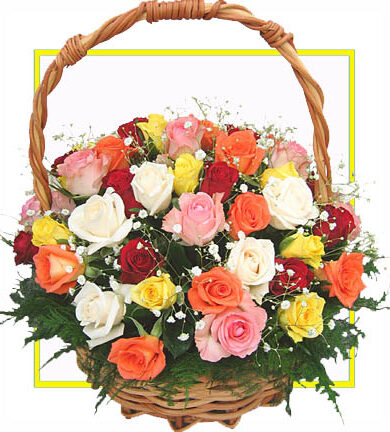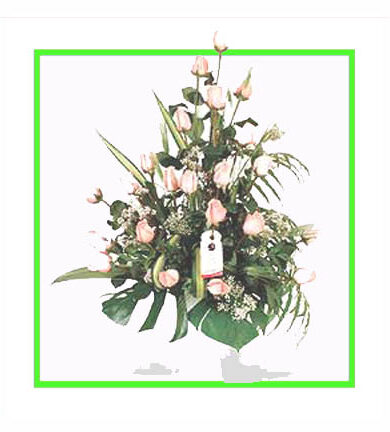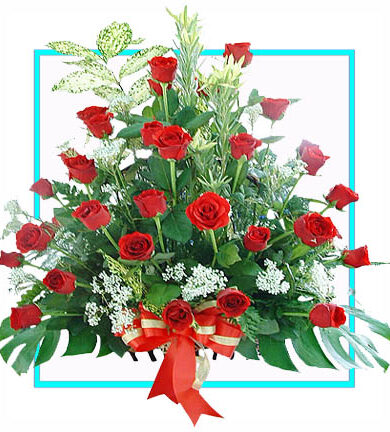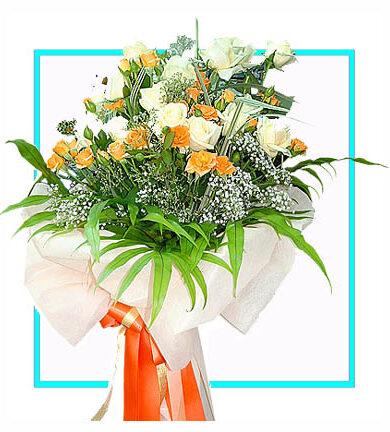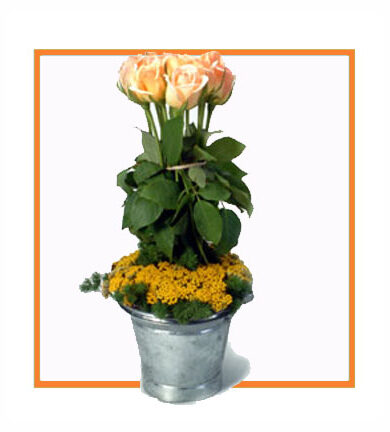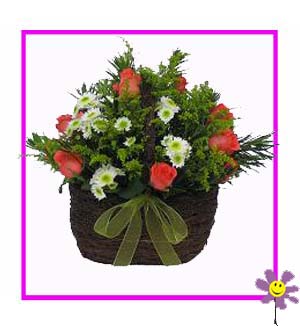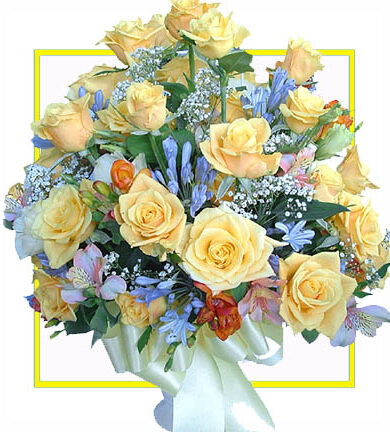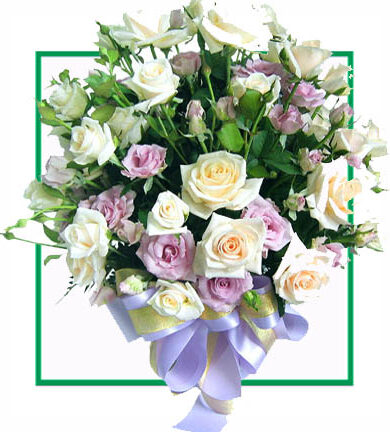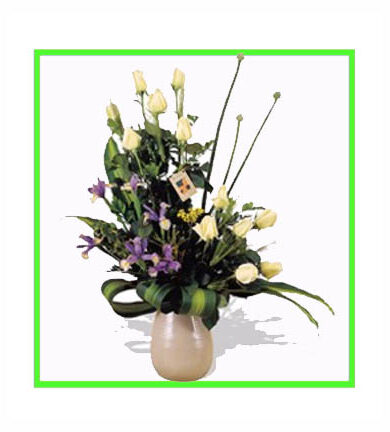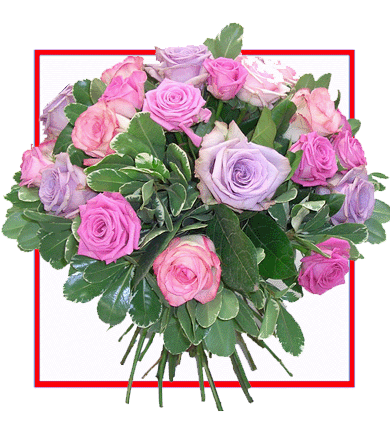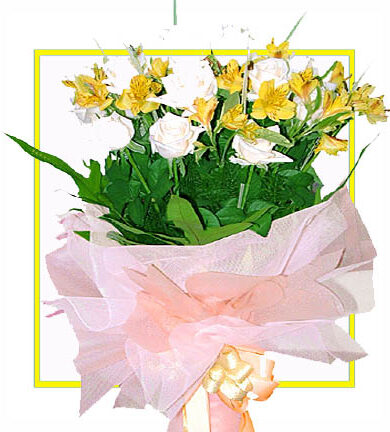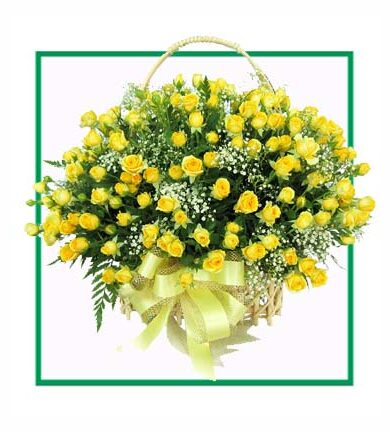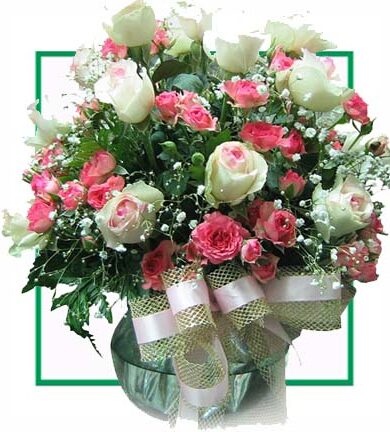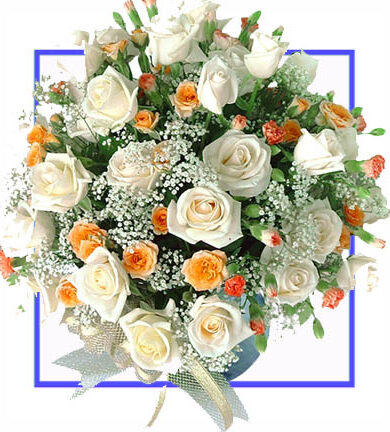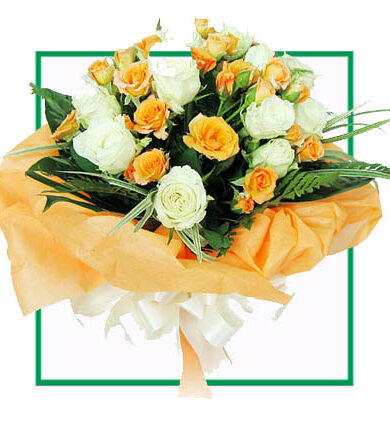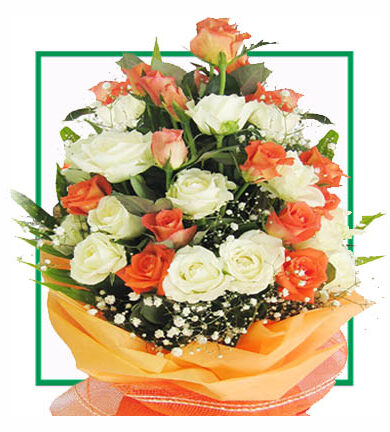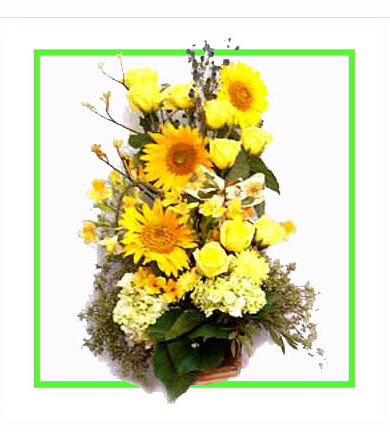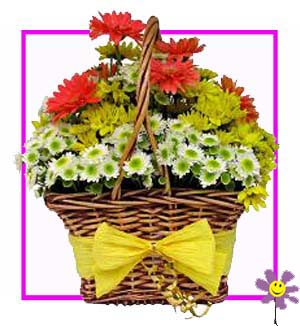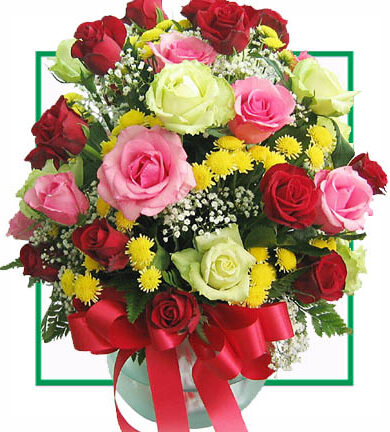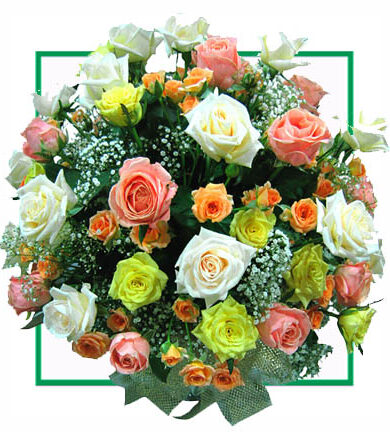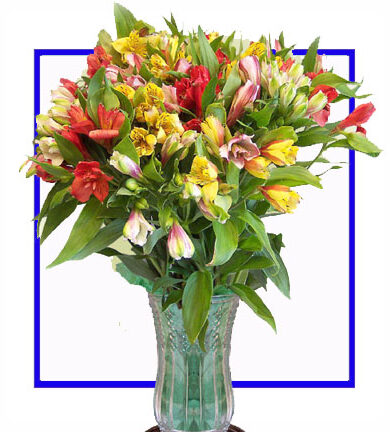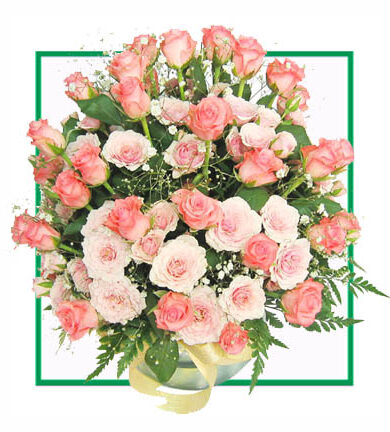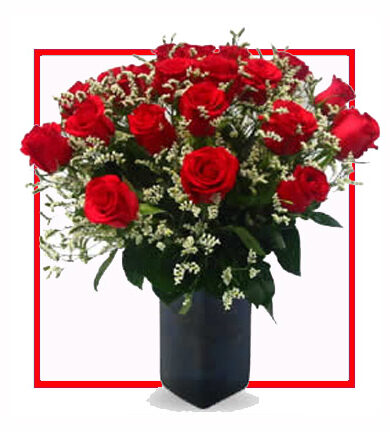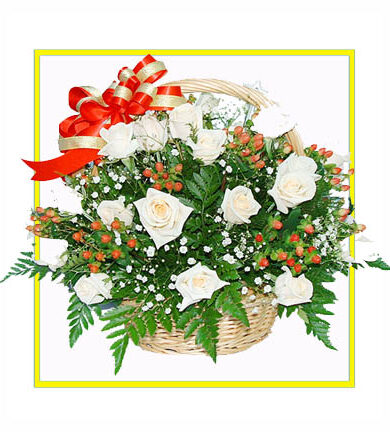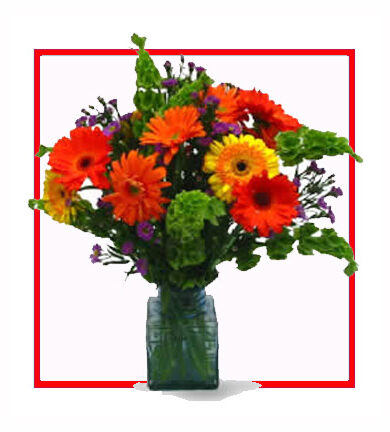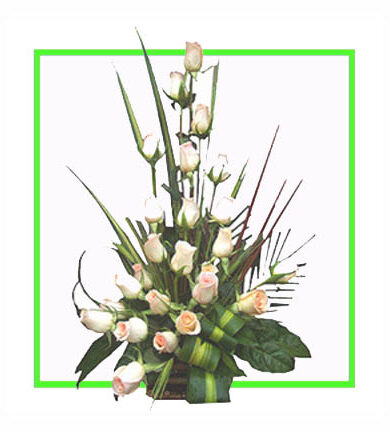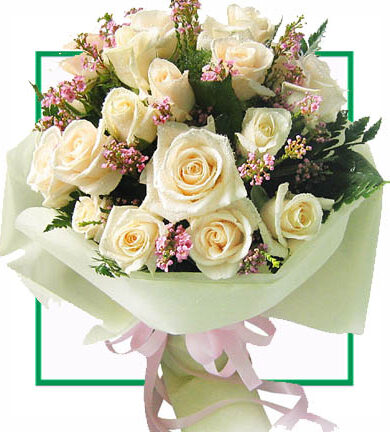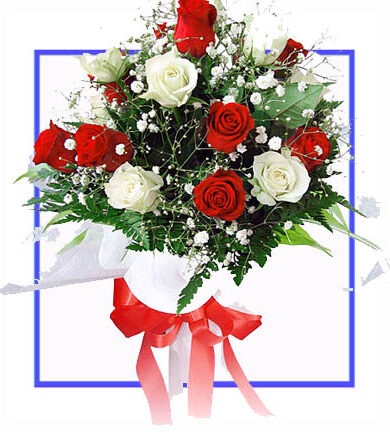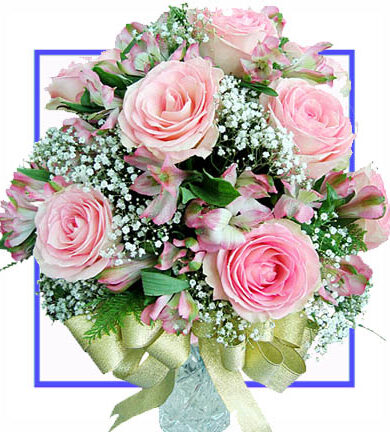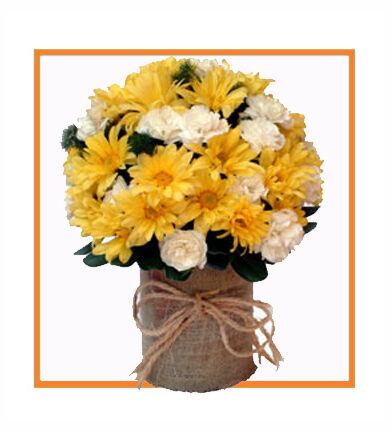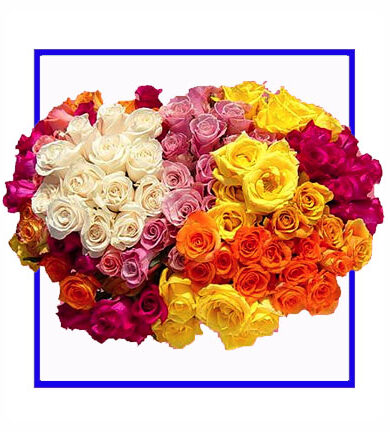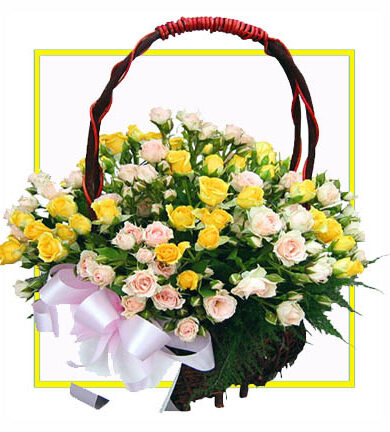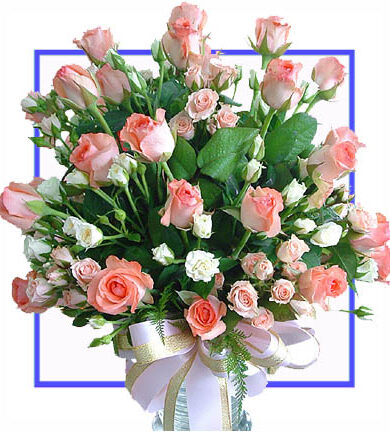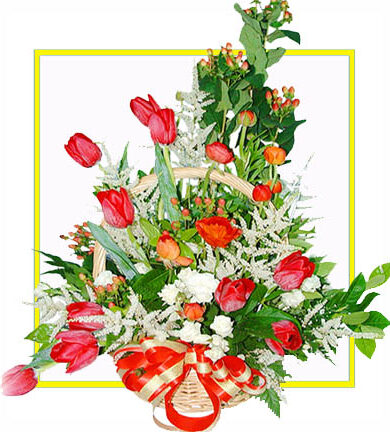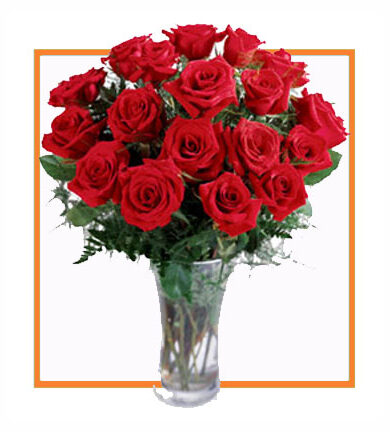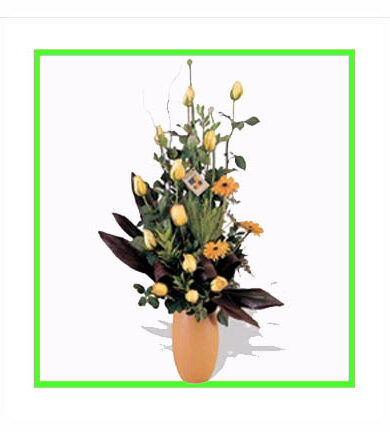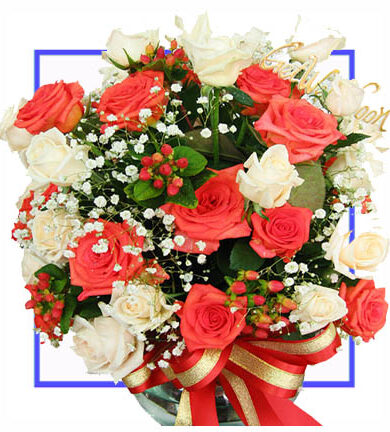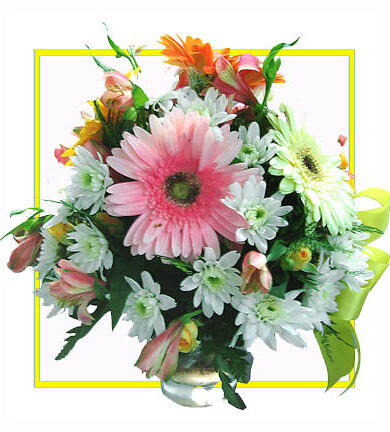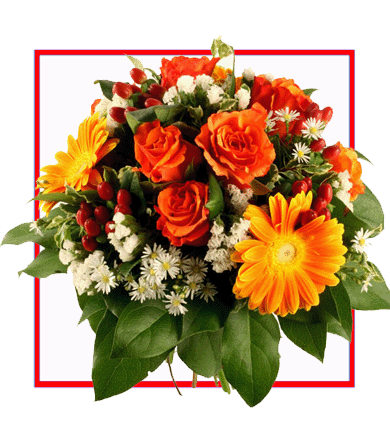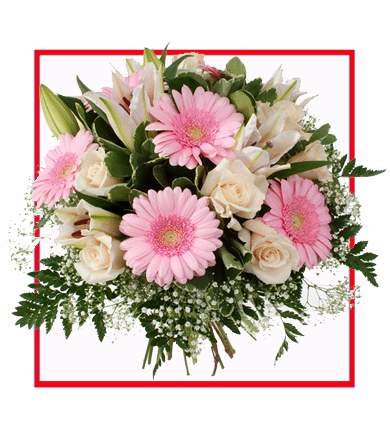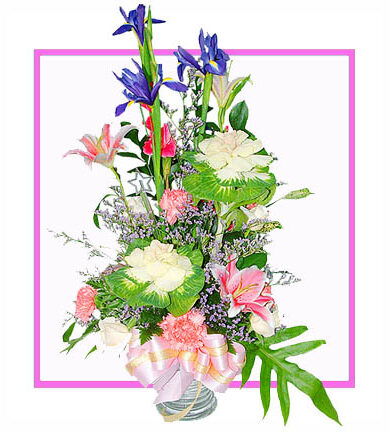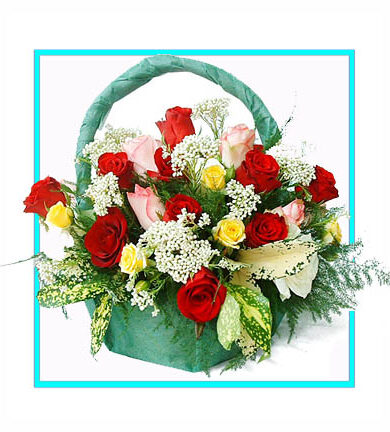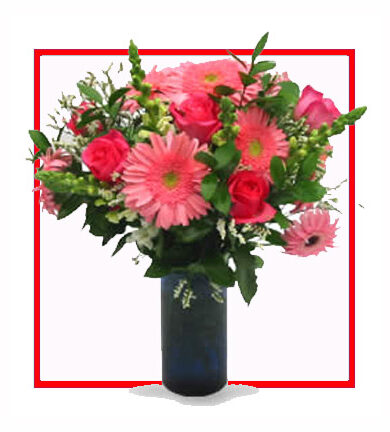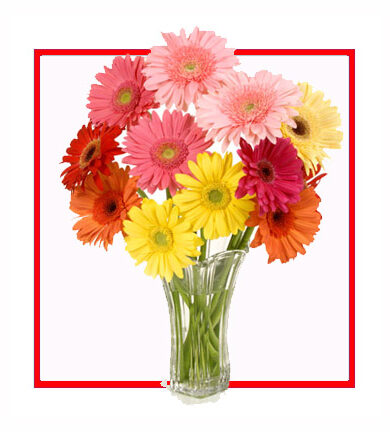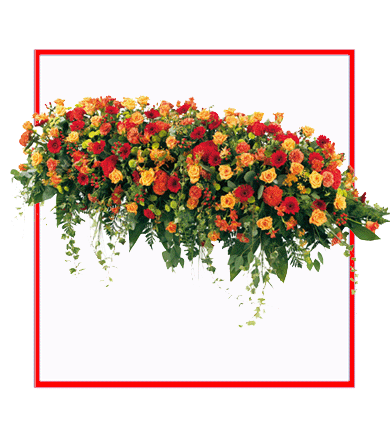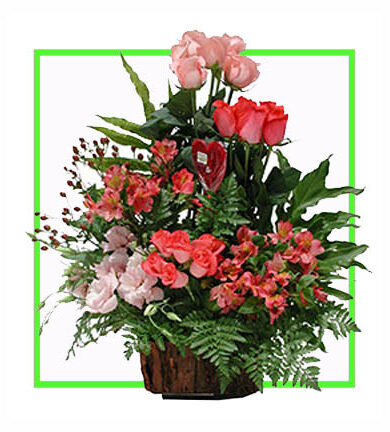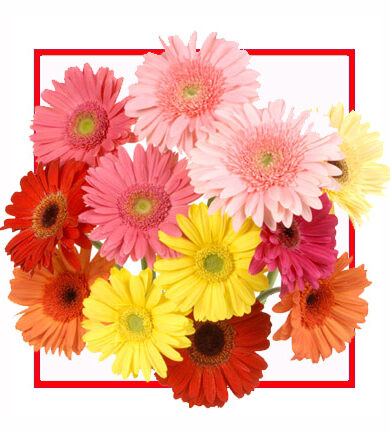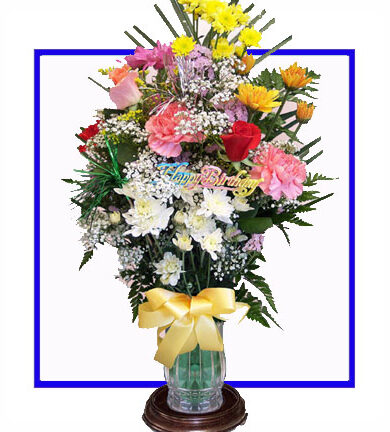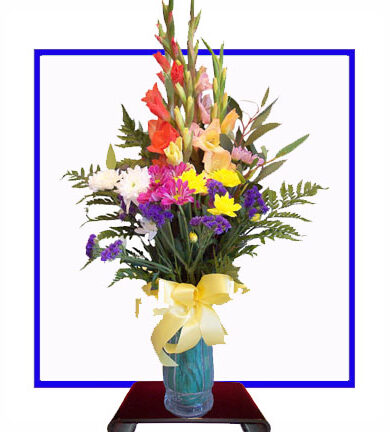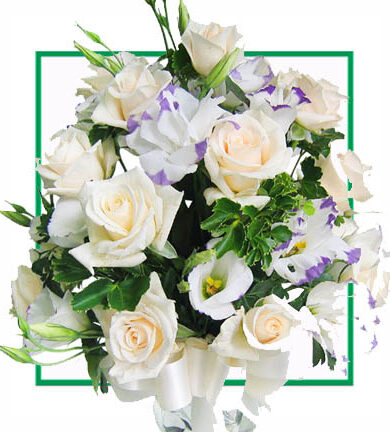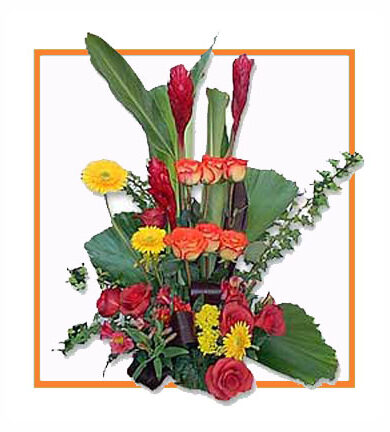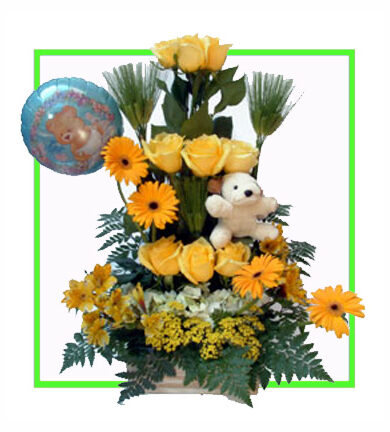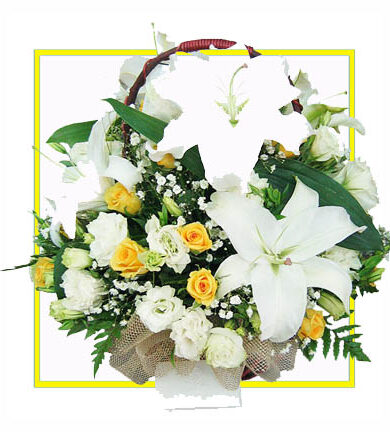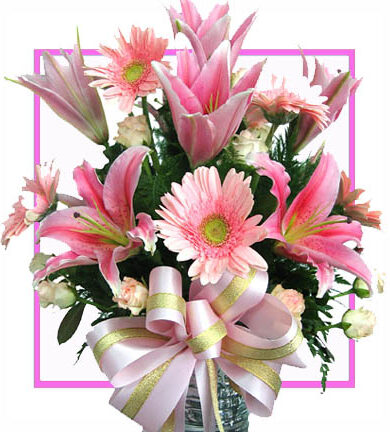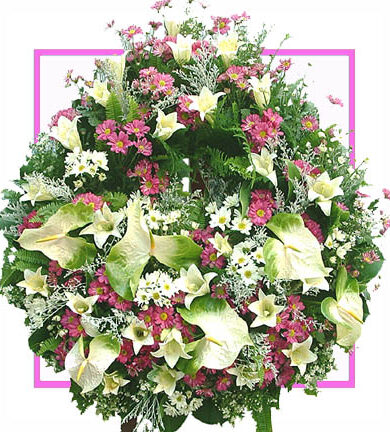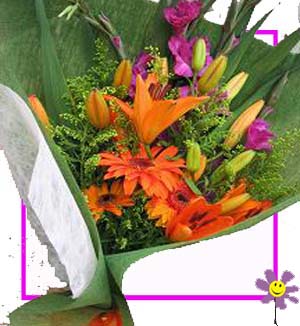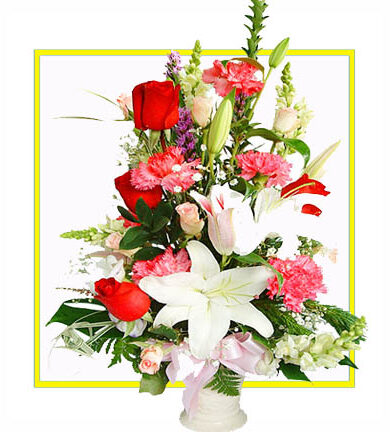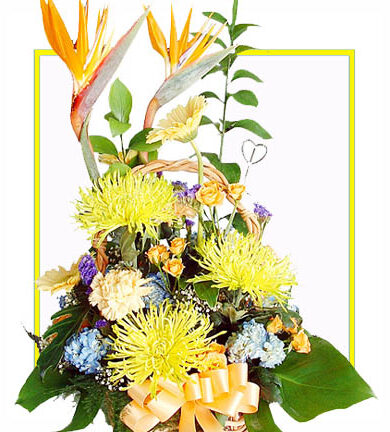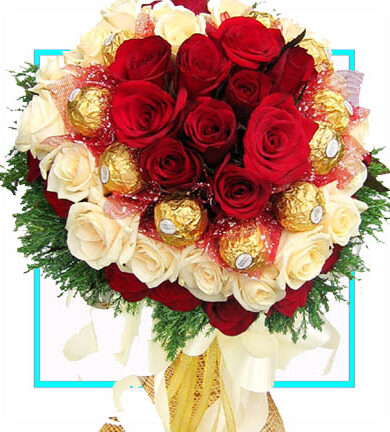Bombay suffers from the same major urbanisation problems seen in many fast growing cities in developing countries: widespread poverty and unemployment, poor public health and poor civic and educational standards for a large section of the population. With available land at a premium, Bombay residents often reside in cramped, relatively expensive housing, usually far from workplaces, and therefore requiring long commutes on crowded mass transit, or clogged roadways. Many of them live in close proximity to bus or train stations although suburban residents spend significant time travelling southward to the main commercial district. Dharavi, Asia’s second largest slum(if Karachi’s Orangi Town is counted as a single slum is located in central Bombay and houses between 800,000 to one million people, in 2.39 square kilometres, making it one of the most densely populated areas on Earth with a population density of at least 334,728 persons per square kilometre. With a literacy rate of 69%, the slums in Bombay are the most literate in India. |
| Bombay Suburban Railway system carries more than 6.99 million commuters on a daily basis. It has the highest passenger densities of any urban railway system in the world. |
Bombay residents celebrate both Western and Indian festivals. Diwali, Holi, Eid, Christmas, Navratri, Good Friday, Dussera, Moharram, Ganesh Chaturthi, Durga Puja and Maha Shivratri are some of the popular festivals in the city. The Kala Ghoda Arts Festival is an exhibition of a world of arts that encapsulates works of artists in the fields of music, dance, theatre, and films. A week long annual fair known as Bandra Fair, starting on the following Sunday after 8 September, is celebrated by people of all faiths, to commemorate the Nativity of Mary, mother of Jesus, on 8 September. |
Bombay lies at the mouth of the Ulhas River on the western coast of India, in the coastal region known as the Konkan. It sits on Salsette Island, partially shared with the Thane district. Bombay is bounded by the Arabian Sea to the west. Many parts of the city lie just above sea level, with elevations ranging from 10 m (33 ft) to 15 m (49 ft); the city has an average elevation of 14 m (46 ft). Northern Bombay (Salsette) is hilly, and the highest point in the city is 450 m (1,476 ft) at Salsette in the Powai–Kanheri ranges. Sanjay Gandhi National Park (Borivali National Park) is located partly in the Bombay suburban district, and partly in the Thane district, and it extends over an area of 103.09 km2 (39.80 sq mi). |
Bombay is the seat of the Bombay High Court, which exercises jurisdiction over the states of Maharashtra and Goa, and the Union Territories of Daman and Diu and Dadra and Nagar Haveli. Bombay also has two lower courts, the Small Causes Court for civil matters, and the Sessions Court for criminal cases. Bombay also has a special TADA (Terrorist and Disruptive Activities) court for people accused of conspiring and abetting acts of terrorism in the city. |
Bombay is the headquarters of two of Indian Railways’ zones: the Central Railway (CR) headquartered at Chhatrapati Shivaji Terminus (formerly Victoria Terminus), and the Western Railway (WR) headquartered at Churchgate. Bombay is also well connected to most parts of India by the Indian Railways. Long-distance trains originate from Chhatrapati Shivaji Terminus, Dadar, Lokmanya Tilak Terminus, Bombay Central, Bandra Terminus, Andheri and Borivali. |
| Bombay is the Financial and Commercial capital of India, and the headquarters of many of India’s premier financial institutions are located in the city. Seen here is the Bandra-Worli Sea Link with the skyline of Bombay in background |
Bombay is the commercial and entertainment capital of India, it is also one of the world’s top 10 centres of commerce in terms of global financial flow, generating 5% of India’s GDP, and accounting for 25% of industrial output, 70% of maritime trade in India (Bombay Port Trust & JNPT), and 70% of capital transactions to India’s economy. The city houses important financial institutions such as the Reserve Bank of India, the Bombay Stock Exchange, the National Stock Exchange of India, the SEBI and the corporate headquarters of numerous Indian companies and multinational corporations. It is also home to some of India’s premier scientific and nuclear institutes like BARC, NPCL, IREL, TIFR, AERB, AECI, and the Department of Atomic Energy. The city also houses India’s Hindi (Bollywood) and Marathi film and television industry. Bombay’s business opportunities, as well as its potential to offer a higher standard of living, attract migrants from all over India and, in turn, make the city a melting pot of many communities and cultures. |
Bombay is the birthplace of Indian cinema—Dadasaheb Phalke laid the foundations with silent movies followed by Marathi talkies—and the oldest film broadcast took place in the early 20th century. Bombay also has a large number of cinema halls that feature Bollywood, Marathi and Hollywood movies. The Bombay International Film Festival and the award ceremony of the Filmfare Awards, the oldest and prominent film awards given for Hindi film industry in India, are held in Bombay. Despite most of the professional theatre groups that formed during the British Raj having disbanded by the 1950s, Bombay has developed a thriving “theatre movement” tradition in Marathi, Hindi, English and other regional languages. |
Perfect flowers to express your emotionsShop Now




